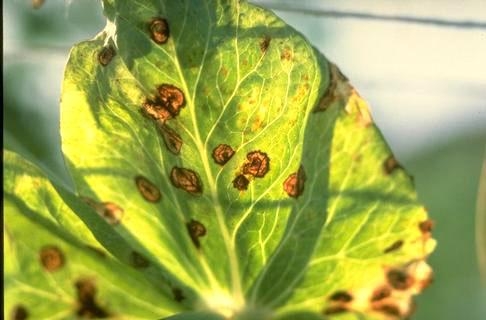Figuring out what's wrong with your plant takes a little detective work. Plants can look unhealthy for a number of reasons, including diseases, pest insects, or even environmental conditions like sunburn, too much water, not enough water, wind damage, and other issues. Start by examining the plant closely for anything out of place. Knowing what the plant should look like will help you determine if there's a problem. Because some pests attack only specific plants, identifying the type of plant, including the variety or cultivar, narrows down disease possibilities.
Diseases caused by a plant pathogen, like a fungus, will look and act differently than something caused by environmental factors. Note the plant's location in the garden or landscape and compare the symptoms to nearby plants. Disease symptoms will usually develop slowly and unevenly on one type of plant. Damage from environmental issues is more likely to appear quickly and be widespread.
If the plant is growing in a preferred location and receiving the right amount of water and fertilizer, it will be less susceptible to disease and environmental disorders.
To learn more about plant diseases and what might be affecting your plant, find your plant in the UC IPM plant disease index. Not sure if you have a disease or another type of pest? Use the plant problem diagnostic tool to help narrow down what's wrong with your plant. Find out more about plant problems on the UC IPM website.
We're looking for your feedback! Please consider taking a quick, anonymous survey to help us serve you better: https://bit.ly/2ZJJVEI
